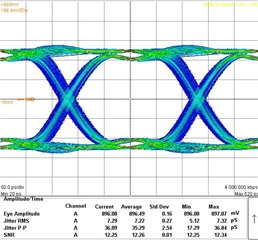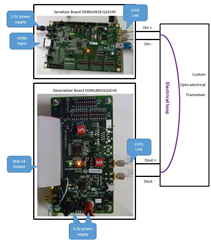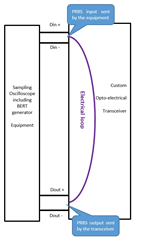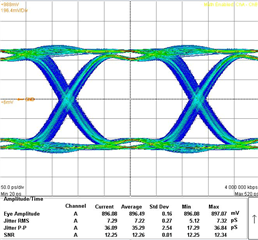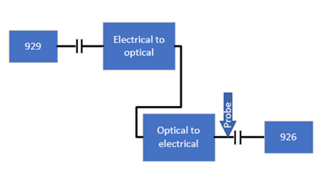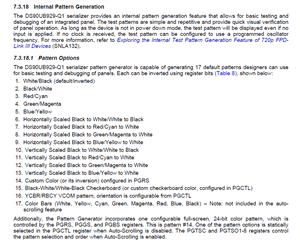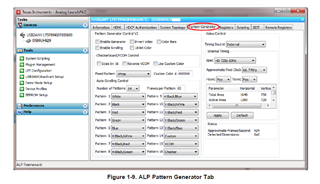Other Parts Discussed in Thread: DS90UB929-Q1EVM, , ALP
Hello,
I am planning to use DS90UB929-Q1EVM and DS90UB926QSEVB for converting HDMI to serial and serial to RGB24 data correspondingly,
Between serializer and deserializer, we are planning to use unidirectional optical link to transmit the data, so the backchannel communication won't work.
I have lock problem on 926 board even if I deactivate backchannel communication on Serializer by setting bit FORCE_LINK_RDY (register 0x5C, value 0x42 in DS90UB929)
I also deactivate backchannel communication on 926 deserializer (register 0x01, value 0x00).
With electrical link between serializer and deserializer it work. When I replace electrical link with optical link, it doesn't work,
I have checked eye pattern results and I have similar result beween electrical link and optical link.
Do you have any idea of the origin of this lock problem ?
Per advance thank you
Best regards


